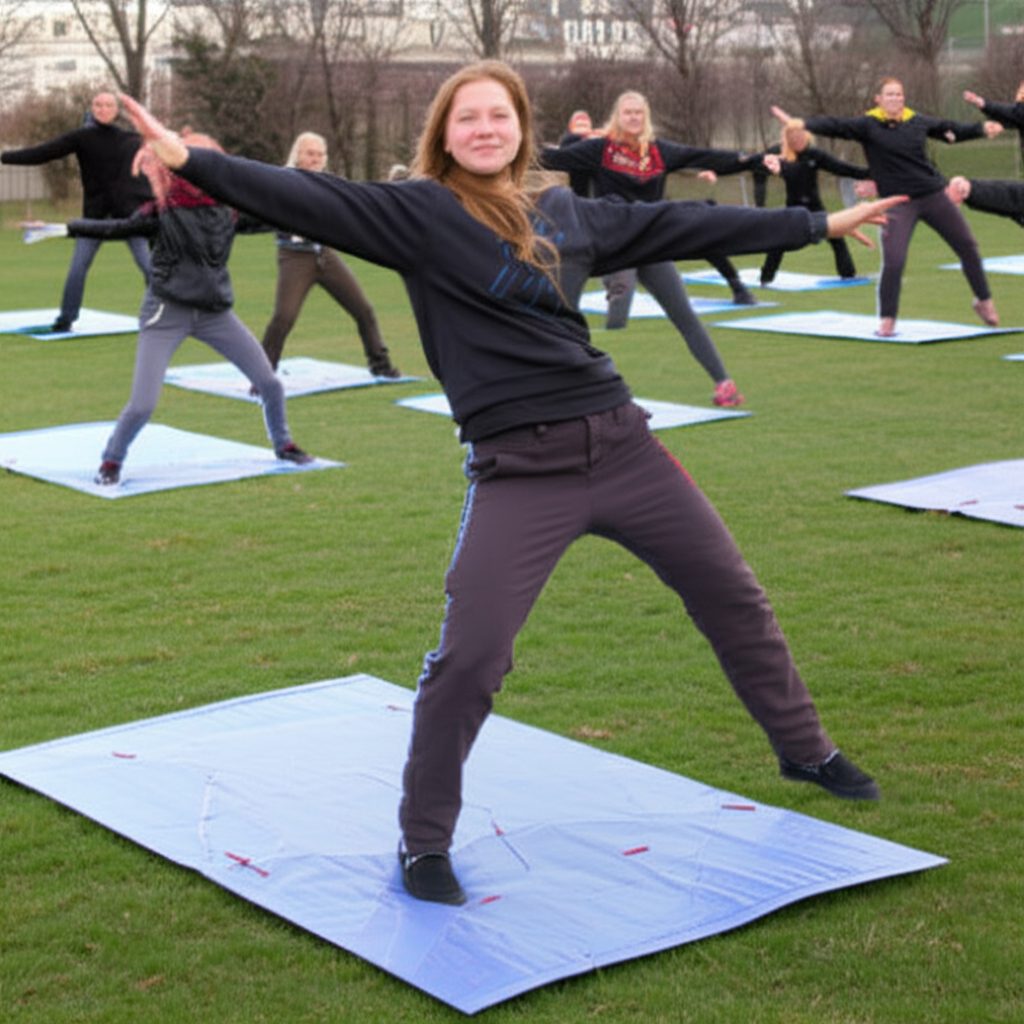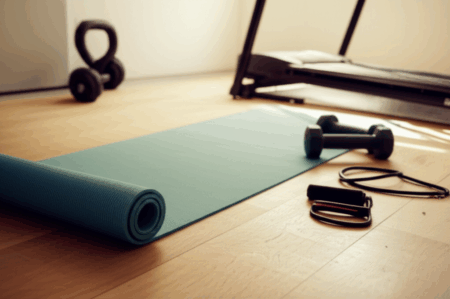For decades, Dame Helen Mirren has epitomized grace, strength, and an enviable vitality that belies her age. Her secret to sustained fitness isn’t a complex, high-intensity regimen or an expensive gym membership, but rather a simple, 12-minute daily routine known as the XBX workout. Mirren herself has stated she’s used it “off and on my whole life,” crediting it with gently keeping her fit. This no-equipment, bodyweight program, developed in the 1950s for the Royal Canadian Air Force, offers a progressive path to physical well-being for women of all ages.

What is the XBX Workout? The Royal Canadian Air Force’s Plan
The XBX Plan, short for “Ten Basic Exercises,” is a comprehensive physical fitness program created by the Royal Canadian Air Force (RCAF) specifically for women. It was designed to provide an efficient and accessible way for military personnel and the general public to maintain fitness without the need for special equipment or extensive time commitments. The program emerged as the female counterpart to the equally famous 5BX (Five Basic Exercises) plan for men, both developed by Dr. Bill Orban.
The core principle of XBX is its progressive nature. It consists of 10 exercises performed within a strict 12-minute timeframe each day. The entire plan is structured across four charts, with 12 levels of difficulty within each chart, totaling 48 levels. Participants begin at level one and gradually increase repetitions or modify exercises as their fitness improves. This steady, incremental progression is designed to build muscle tone, strength, endurance, flexibility, and improve heart efficiency without excessive strain.

The 10 Basic XBX Exercises
The XBX routine is ingeniously designed to work the entire body, combining flexibility, core strength, and cardiovascular elements. The 10 exercises are performed in a specific order and within set time limits. While the exact number of repetitions increases with each level, the exercises themselves become slightly more challenging every 12 levels.
A typical breakdown of the exercises, as found in the XBX plan, includes:
Warm-Up & Flexibility (First 2 Minutes)
The initial four exercises serve as a warm-up and focus on improving and maintaining flexibility and mobility.
- Toe Touching: Bending forward from the hips to touch the floor.
- Knee Raising: Standing erect, raising one knee towards the chest.
- Lateral Bending: Bending sideways from the waist, sliding one hand down the leg.
- Arm Circles: Rotating arms in wide circles.
Strength & Core (Next 7 Minutes)
These exercises build muscle strength, particularly in the abdominal region, back, and thighs.
- Sit-Ups: Classic full or partial sit-ups for core strength.
- Chest and Leg Raises (Superman): Lying face down, raising the head, shoulders, and legs simultaneously to work the back and glutes.
- Side Leg Raises: Lying on your side and raising the top leg to target hip and thigh muscles.
- Push-Ups: Progressing from kneeling or wall push-ups to full push-ups for upper body and core strength.
- Leg Lifts: Lying on your back and raising legs towards the ceiling, alternating legs.
Cardiovascular (Last 3 Minutes)
The routine concludes with an exercise to elevate the heart rate and improve cardiovascular fitness.
- Run and Half Knee Bends (or Run and Hop): Running in place, lifting knees high, often followed by partial squats or hops.

The Progressive Overload System
One of the standout features of the XBX plan is its built-in progressive overload. Rather than demanding strenuous effort from day one, it subtly increases the challenge. This is achieved in two ways:
- Increased Repetitions: Within each of the 12 levels on a chart, the number of repetitions for each exercise increases while the time limit for that exercise remains constant.
- Modified Exercises: As you move from one chart to the next (every 12 levels), the exercises themselves are tweaked to become slightly more demanding.
The program even suggests a target fitness level based on age, guiding individuals on how far they should progress to achieve a desirable level of fitness.

Why the XBX Plan Has Stood the Test of Time
Helen Mirren’s endorsement highlights several key benefits that have allowed the XBX plan to remain relevant for over 60 years:
- Efficiency: Requiring only 12 minutes a day, it fits easily into busy schedules.
- Accessibility: No equipment is needed, making it doable anywhere with a small amount of floor space. This aligns with Mirren’s philosophy that exercise doesn’t require “joining expensive gyms.”
- Gentle yet Effective Progression: It “very gently gets you fit,” as Mirren describes it, preventing burnout and injury often associated with more aggressive programs. The gradual increase in difficulty ensures continuous improvement without overwhelming the participant.
- Holistic Fitness: The exercises target flexibility, strength, endurance, and cardiovascular health, offering a well-rounded approach to physical fitness.
- Consistency is Key: The short duration encourages daily adherence, which is crucial for long-term fitness. Mirren credits long-term consistency over any “fitness secret” for her maintained physique.

Starting Your XBX Journey
For those inspired by Helen Mirren’s enduring fitness, starting the XBX plan is straightforward. The original pamphlet, though wordy, outlines the charts and progression clearly. The key is to begin at Level 1, regardless of perceived fitness, and follow the recommended progression, not moving up until the current level can be completed comfortably within the 12-minute timeframe.
While the XBX plan provides an excellent foundation for general fitness and can be a stepping stone to more intense workouts, it is primarily a bodyweight routine. For individuals seeking to build significant muscle mass or achieve highly specialized fitness goals, incorporating additional resistance training or sports-specific exercises might be beneficial. However, for a simple, effective, and sustainable daily movement practice, the XBX plan, as championed by Helen Mirren, remains a powerful testament to the enduring value of foundational fitness principles.







